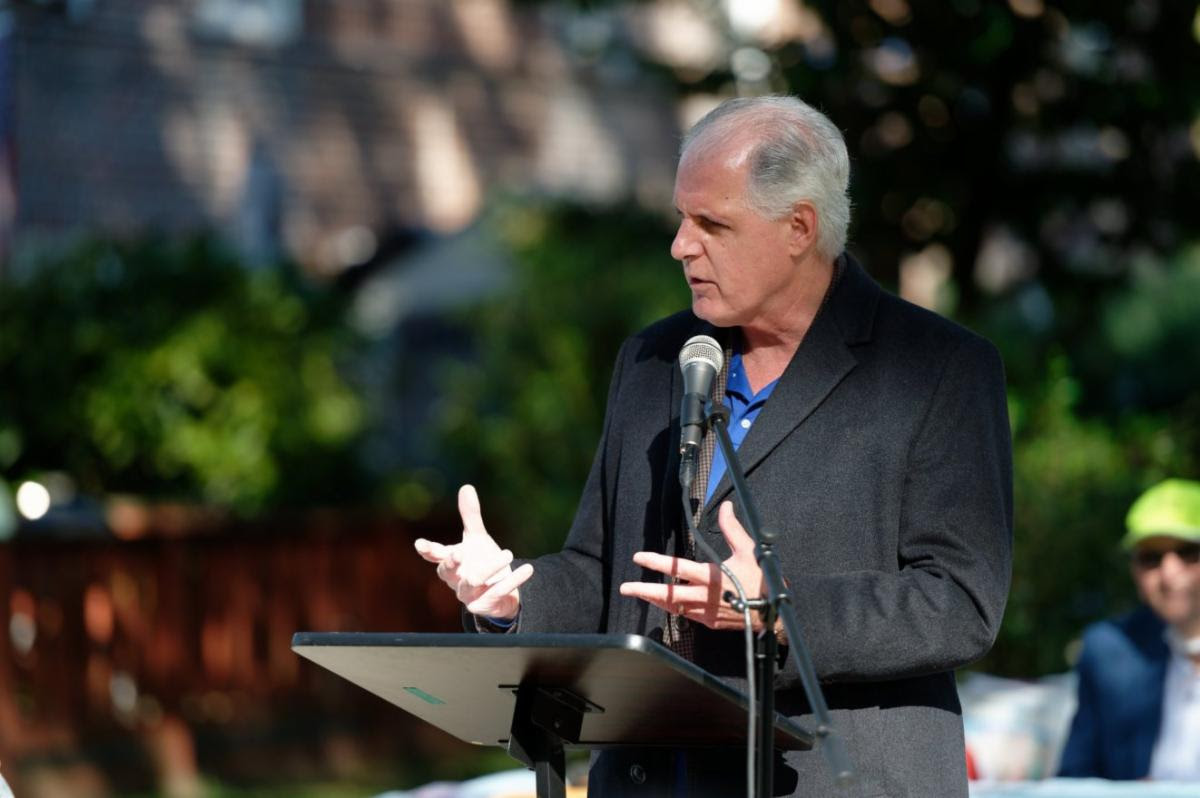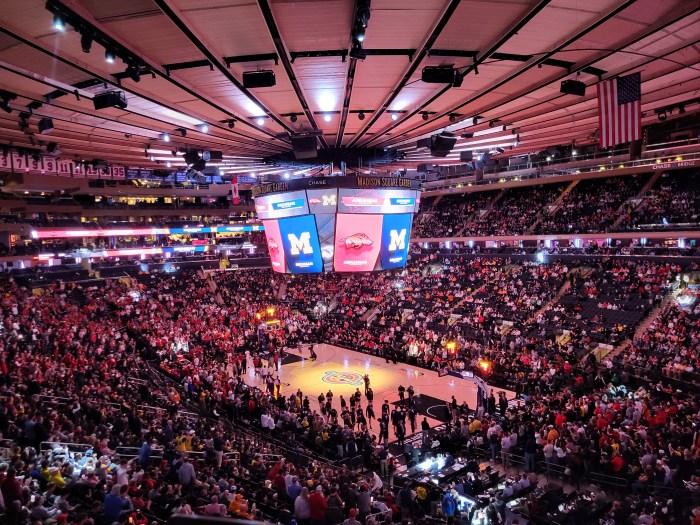BY LINCOLN ANDERSON | In the coming months, 14 more corridors — including Houston St., the Bowery and Sixth Ave. — will be added to the city’s growing number of so-called “arterial slow zones.”
The Department of Transportation announced the second batch of new arterial slow zones on Fri., Aug. 1.
The city’s first two arterial slow zones were launched in May, when it was also announced that Canal St. would become one — Downtown Manhattan’s first slow zone — by June.
In June, state lawmakers authorized the city to lower its so-called default speed limit — which is 30 miles per hour, unless signs are posted stating otherwise — to 25 miles per hour. Governor Cuomo signed the bill into law Aug. 9, and the reduction is expected to go in effect in three months.
Although the arterial slow zones will be posted with 25-mile-per-hour signs, the same reduced speed limit will soon apply to the city as a whole. The rollout of the program’s second phase was “planned months ago, long before any legislative action in Albany,” a D.O.T. spokesperson explained.
Last Friday, it was announced that the Bowery corridor arterial slow zone, from Chatham Square to Cooper Square, will launch in November. This 1-mile-long section of roadway saw five fatalities from 2008 to 2012.
In addition, the speed on Houston St. from West St. to Baruch Place will also be reduced by 5 miles per hour starting in November. There was one fatality on the 2-mile-long cross-town boulevard during the four years ending in 2012.
Sixth Ave. for 3.8 miles, from Central Park South to Franklin St. in Tribeca, will also be an arterial slow zone as of December. There were five fatalities along this corridor in the four-year period.
Distinctive blue-and-white signs with the new lower speed limit will be put along the reduced-speed routes, and will complement the signage around new “neighborhood slow zones.” The latter designate entire communities as 20-mile-per-hour districts, such as the new Alphabet City-Tompkins Square Park neighborhood slow zone — featuring 20 new speed bumps — set to go into effect this month.
For anyone contemplating being an arterial slow-zone scofflaw, according to D.O.T., “The locations will also benefit from increased enforcement by the N.Y.P.D., with temporary speed boards installed at key locations to alert drivers of the new speed limit.”
D.O.T. will update signal-light timing to maintain mobility along the slowed-down stretches and prevent diversions to side streets.
The arterial slow zone program is one of 63 initiatives that are part of Vision Zero, Mayor de Blasio’s initiative to prevent traffic fatalities and improve street safety.
Citywide, major traffic arteries account for 15 percent of the total road mileage but a disproportionate amount, 60 percent, of pedestrian fatalities.
Polly Trottenberg, the D.O.T. commissioner, said the arterial slow zones are “a critical and widely endorsed element of Vision Zero.”
Speaking in June about the city’s plan to reduce its overall citywide speed limit, Trottenberg assured that driving efficiency is often “determined by the intersection far more than it’s determined by the speed on the straightaways.”
Local politicians uniformly hailed the new arterial slow zones.
“Keeping traffic flowing along our most important thoroughfares need not come at the expense of people’s safety,” said Assembly Speaker Sheldon Silver. “By creating arterial slow zones, D.O.T. will make essential improvements to our most dangerous roads, which will save lives.”
Councilmember Margaret Chin’s district will have three of the latest slowed-down stretches.
“I’ve heard from many constituents about the need for slower speeds on the Bowery, Houston St. and Sixth Ave., and I’m excited to see the positive impact these changes will have in our community, especially for our seniors,” Chin said.
Assemblymember Richard Gottfried added, “It’s time to slam the brakes on speeding motorists who put pedestrians at risk, and to accelerate the pace of traffic-calming measures that will increase safety.”

































